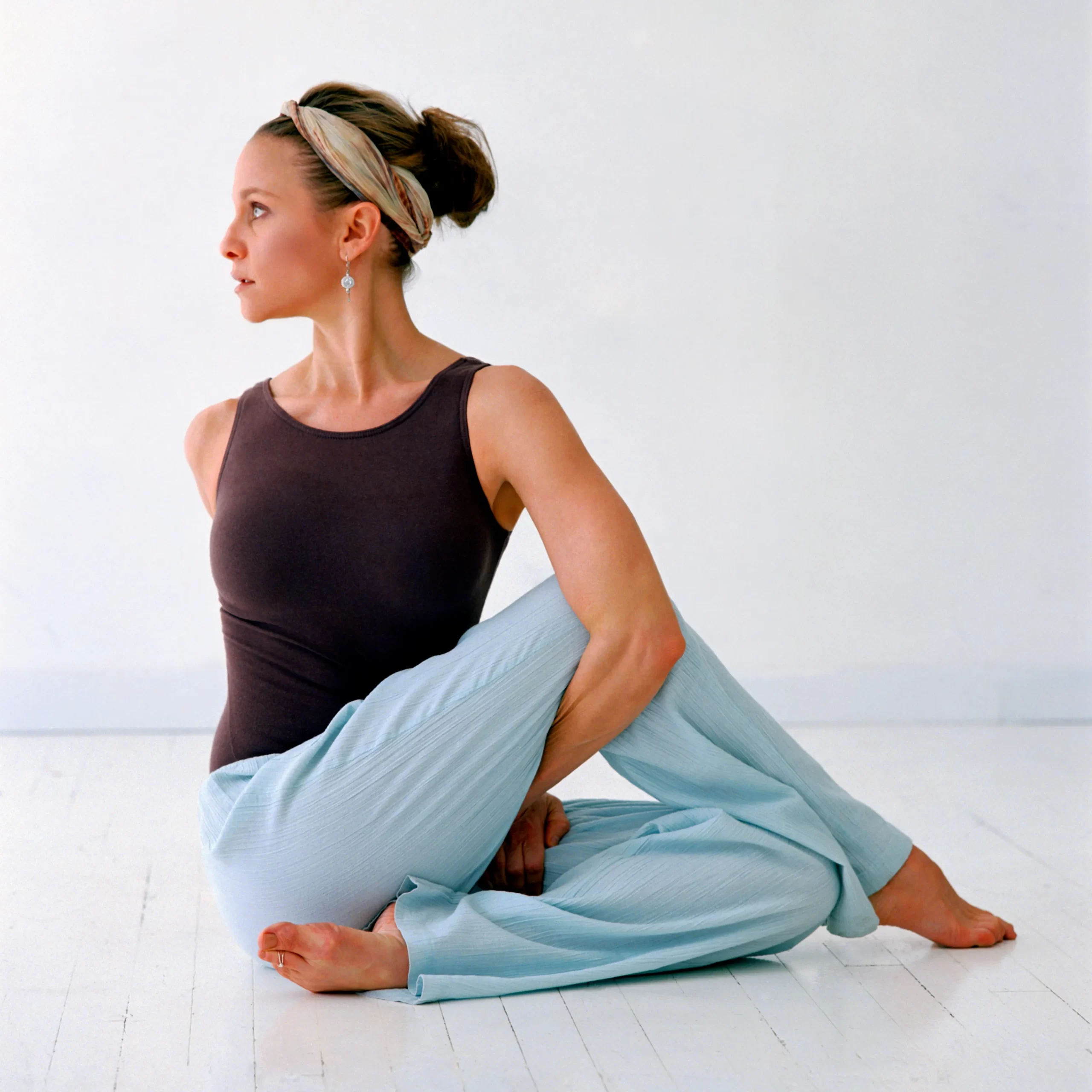The Annoying Upper Back Crack That Won’t Come: Causes, Stretches, and When to See a Doctor
The upper back, a complex network of muscles and joints, is crucial for posture, movement, and overall well-being. Sometimes, you might experience a feeling of tightness or tension in this area, accompanied by the elusive desire for a satisfying pop or crack. This article explores the reasons behind that feeling and provides effective stretches and self-care strategies to relieve upper back discomfort. Additionally, it guides you on when to seek professional help for persistent upper back issues.
Understanding the “Pop” Sensation
The urge to “pop” your upper back often stems from a phenomenon called joint crepitus. This is the technical term for the crackling or popping sound that can sometimes occur when you move your joints. While it might feel satisfying in the moment, there’s no scientific evidence to suggest that popping your back actually relieves tension or improves mobility.
There are two main reasons why you might experience the desire for an upper back pop:
- Gas Bubbles in the Joint Fluid: Synovial fluid lubricates your joints. Sometimes, tiny gas bubbles can form in this fluid, and when you move your joints, these bubbles can burst, creating a popping sound.
- Movement of Tendons and Ligaments: Ligaments and tendons connect bones and muscles. As you move your upper back, these tissues can glide over bony structures, potentially producing a popping or cracking sound.
Causes of Upper Back Tightness and Discomfort
Several factors can contribute to upper back tightness and the sensation of needing a pop:
- Poor Posture: Slouching, hunching forward while working at a desk, or rounding your shoulders can strain the upper back muscles, leading to tightness and discomfort.
- Muscle Strain: Overuse of the upper back muscles, especially from repetitive activities like weightlifting or prolonged computer use, can cause muscle strain and tightness.
- Stress: Chronic stress can lead to muscle tension throughout the body, including the upper back.
- Sleeping Position: Sleeping on your stomach can strain the upper back muscles, while sleeping with an improper pillow can also contribute to discomfort.
- Arthritis: Degenerative joint diseases like osteoarthritis can affect the joints in the upper back, causing pain and stiffness.
Stretching Your Way to Relief: Effective Upper Back Stretches
Here are some targeted stretches you can incorporate into your daily routine to improve mobility, relieve upper back tightness, and potentially reduce the urge for a pop:
Doorway Chest Opener:
- Stand in a doorway with your forearms resting on either side of the doorframe at shoulder height.
- Lean forward slowly from your hips, keeping your back straight, until you feel a stretch in your chest and upper back.
- Hold for 30 seconds and repeat 2-3 times.
Child’s Pose:
- Kneel on the floor with your toes together and knees hip-width apart.
- Sit back on your heels and rest your forehead on the floor in front of you.
- Extend your arms out in front of you with palms facing down.
- Breathe deeply and hold for 30-60 seconds.
Neck Stretch:
- Sit or stand tall with your back straight.
- Slowly tilt your head to one side, bringing your ear towards your shoulder.
- Use your opposite hand to gently guide your head further down, increasing the stretch without straining.
- Hold for 30 seconds and repeat on the other side.
Upper Back Scapular Squeeze:
- Sit or stand tall with your shoulders relaxed.
- Pinch your shoulder blades together and hold for a few seconds.
- Relax your shoulder blades and repeat 10-15 times.
Remember: Perform these stretches slowly and gently. Stop if you experience any pain.
Self-Care Strategies for Upper Back Relief
In addition to stretching, here are some self-care tips to promote upper back comfort and reduce the desire for a pop:
- Maintain Good Posture: Be mindful of your posture throughout the day. Sit with your back straight and shoulders relaxed.
- Apply Heat: A heating pad or warm compress on your upper back can help loosen tight muscles.
- Take Epsom Salt Baths: Soaking in a warm bath with Epsom salts can relax muscles and ease tension.
- Practice Relaxation Techniques: Deep breathing exercises and progressive muscle relaxation can help manage stress and reduce muscle tension.
- Maintain a Healthy Weight: Excess weight can put additional strain on your upper back.
When to See a Doctor
If the feeling of tightness in your upper back persists despite stretching and self-care, or if you experience any of the following symptoms.

